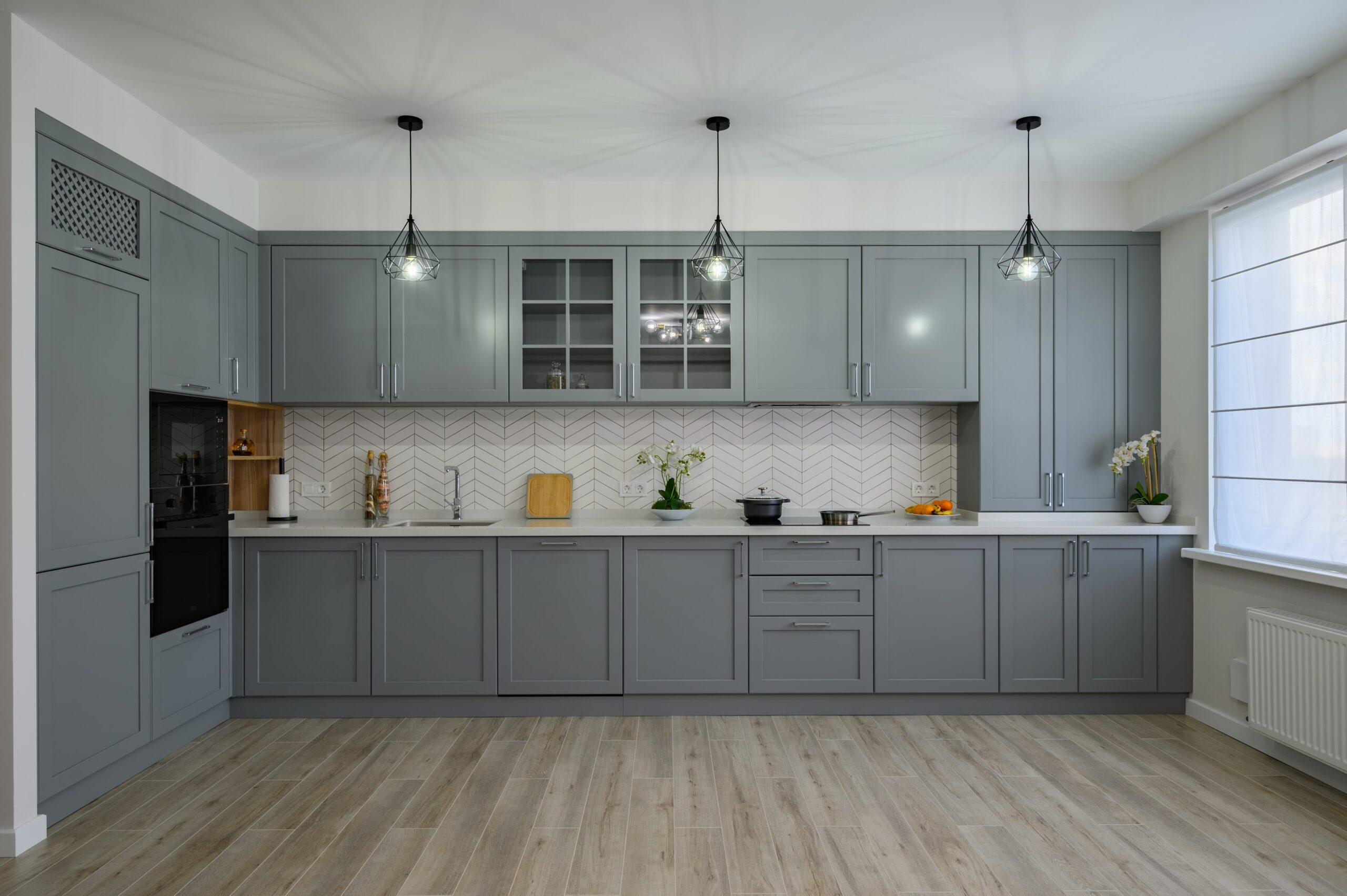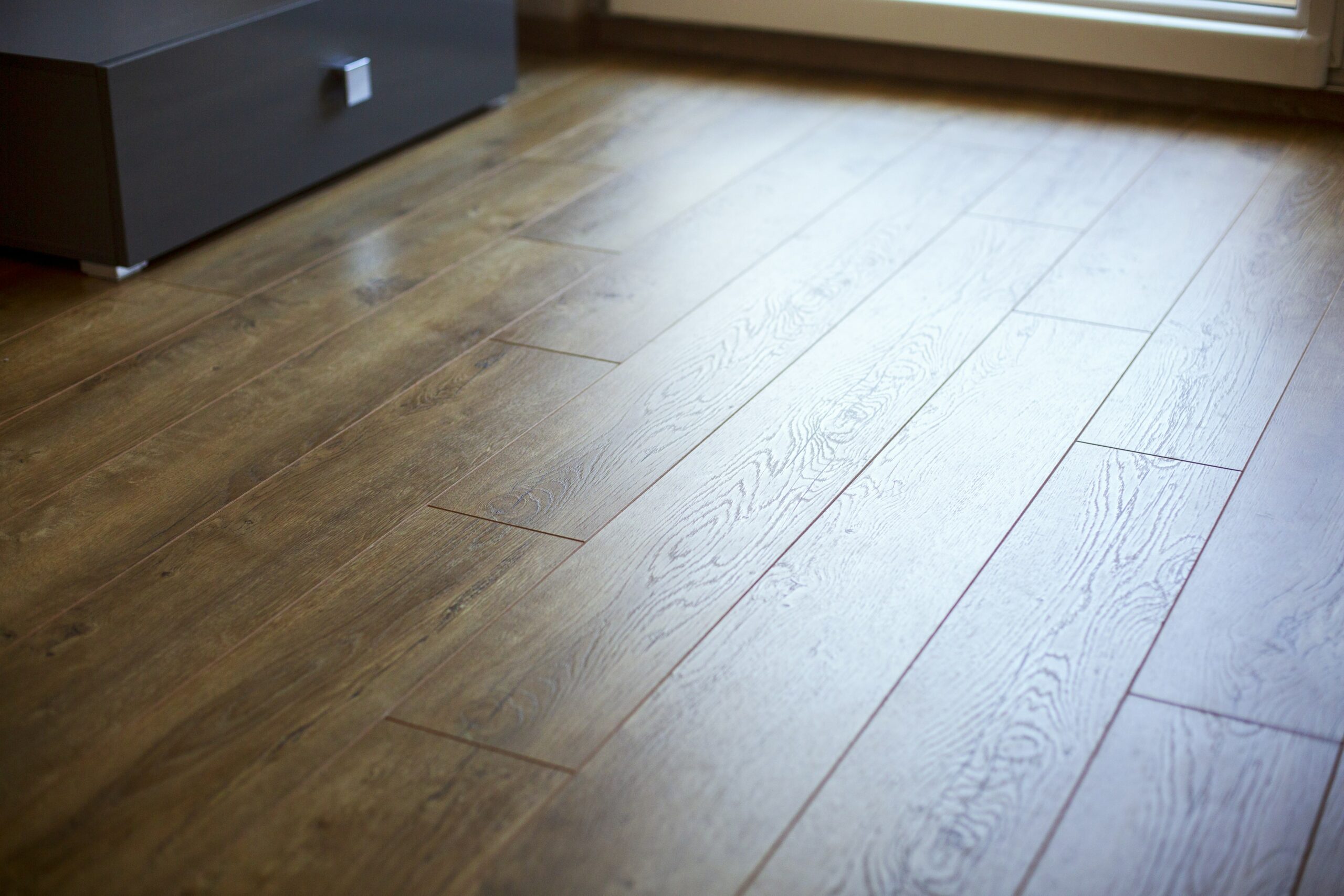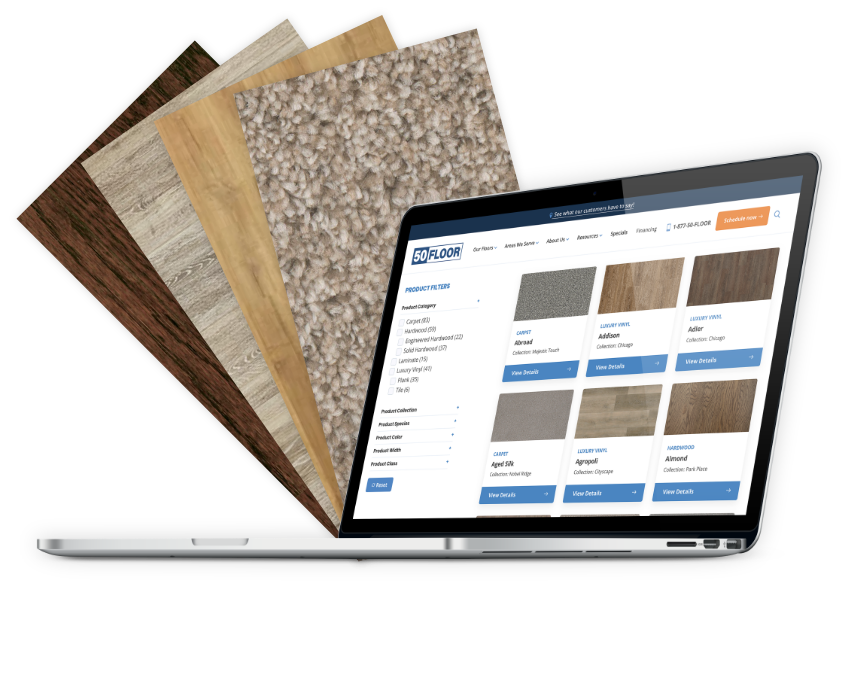What’s best about laminate flooring is that it offers a hypoallergenic surface. So yes, laminate floors are hypoallergenic.
What makes laminate floors hypoallergenic is that the materials used are tightly sealed with a finish that prevents the growth of mold and mildew. The top layer acts as a barrier against pet dander, pollen, and other particles from embedding into the floor.
But there are misconceptions about laminate flooring being completely allergy-proof. While it’s true that its surface does not hold onto allergens like softer materials do, it needs to be cleaned regularly to prevent the buildup of dust and particles.


Understanding Hypoallergenic Flooring
What Makes a Floor Hypoallergenic?
Hypoallergenic materials minimize the potential for an allergic reaction. In the context of flooring, these materials are less likely to harbor allergens.
Hypoallergenic flooring creates a safer environment by limiting exposure to substances that can trigger allergic reactions. For allergy sufferers, choosing hypoallergenic options can significantly improve their living conditions.
The importance of hypoallergenic materials cannot be overstated for individuals sensitive to allergens. They provide peace of mind and contribute to overall well-being.


Laminate Flooring and Allergens
Dust and Particulate Matter
Laminate flooring stands out for its ability to resist dust accumulation. Unlike carpet fibers, laminate does not hold onto particulates.
Laminate’s smooth surface allows for easy removal of dust and allergens with simple cleaning methods. As simple as sweeping or vacuuming laminate floors can reduce dust and pet dander.
The ease of cleaning laminate flooring contributes to healthier indoor air quality as well.


Mold and Mildew Resistance
Laminate flooring helps reduce mold and mildew due to its moisture-resistant surface and easy maintenance. Its non-porous material prevents water from seeping in, unlike carpets or wood, creating a dry environment that inhibits mold growth.
Additionally, the sealed surface and protective top layer act as barriers against moisture, while the ease of cleaning prevents dirt and dampness from accumulating.
Many laminate floors also come with mold-inhibiting underlayment, adding an extra layer of protection. These features together make laminate flooring a smart choice for maintaining a healthier home free from mold and mildew.


Pet Dander
Unlike carpets, where pet dander can easily get trapped, laminate floors offer a non-porous surface, making the dander sit on top until it’s swept or vacuumed away.
The hypoallergenic properties of laminate flooring make it a practical choice for pet owners looking to maintain a clean and allergy-friendly home.




Health Benefits of Laminate Flooring
Allergy Reduction
Laminate flooring is a great choice for reducing indoor allergens. Unlike carpets, which can hold dust, pet dander, and pollen, laminate floors have a smooth surface that doesn’t trap these irritants. This makes it easier to keep your home clean and allergy-free.
Hardwood floors also help minimize allergens, but laminate flooring has some advantages. It’s more affordable and easier to maintain. Hardwood needs regular polishing and can warp from moisture, while laminate is durable and resistant to damage. This durability helps keep allergens at bay over time.
Improves Indoor Air Quality
Laminate flooring can significantly enhance the quality of air inside your home through its low emission of volatile organic compounds (VOCs) and absence of formaldehyde.
These chemicals are commonly found in building materials and can contribute to poor indoor air quality, leading to health issues over time.
Low-VOC and formaldehyde-free laminate options ensure that your flooring contributes to a safer, cleaner breathing environment.
The benefits extend beyond just immediate health improvements. Over time, maintaining good indoor air quality can reduce the risk of chronic respiratory problems and other health conditions associated with long-term exposure to pollutants.
Investing in low-VOC, formaldehyde-free laminate flooring is not only an investment in your home’s aesthetics but also in the long-term well-being of everyone who lives there.


Maintenance and Cleaning
Regularly cleaning laminate flooring with a dust mop or a vacuum designed for hard surfaces can significantly reduce allergens in your home. Unlike carpets (which need professional cleaning), laminate floors can be kept allergen-free with simple maintenance.
For deeper cleaning, use a damp mop with water or a laminate-safe cleaner, but avoid overly wet mops or steam cleaners to prevent damage.
In moisture-prone areas like bathrooms, proper installation and sealing are crucial to keep allergens at bay. Routine cleaning helps maintain a hypoallergenic home by preventing allergen buildup and enhancing indoor air quality.


Comparing Laminate Flooring to Other Hypoallergenic Flooring Options
Laminate vs. Hardwood
| Feature | Laminate | Hardwood |
| Durability | High | Moderate |
| Ease of Maintenance | Easy | Moderate |
| Allergen Resistance | High | Moderate |
| Cleaning Requirements | Low | Moderate |
| Aesthetic Appeal | Moderate | High |
Laminate vs. Tile
| Feature | Laminate | Tile |
| Ease of Cleaning | Moderate | High |
| Warmth Underfoot | High | Low |
| Aesthetic Variety | High | Moderate |
| Cost | Affordable | Higher |
| Dust Resistance | High | Moderate |
| Maintenance Effort | Low | Low |
Laminate vs. Vinyl
| Feature | Laminate | Vinyl |
| Waterproof Qualities | Moderate | High |
| Allergen Resistance | High | High |
| Environmental Friendliness | High | Moderate |
| VOC Emissions | Low | Moderate |
| Comfort | High | High |
GET INSPIRED
Flooring to MATCH YOUR STYLE

















